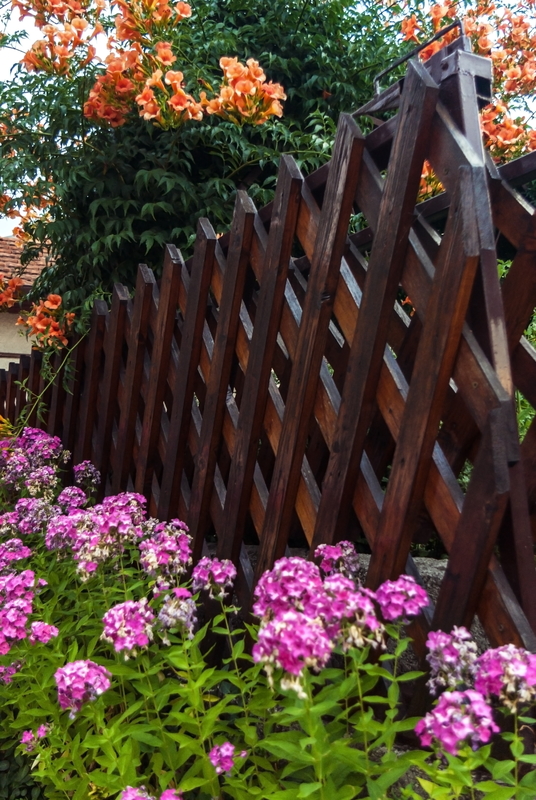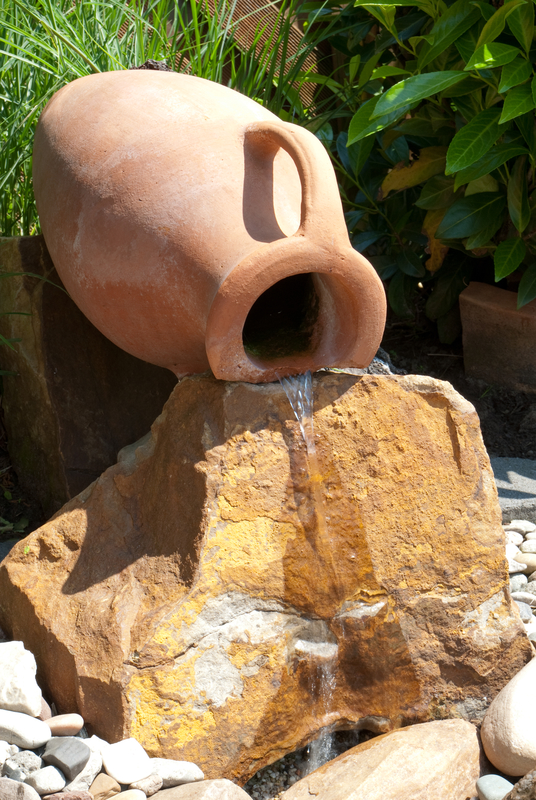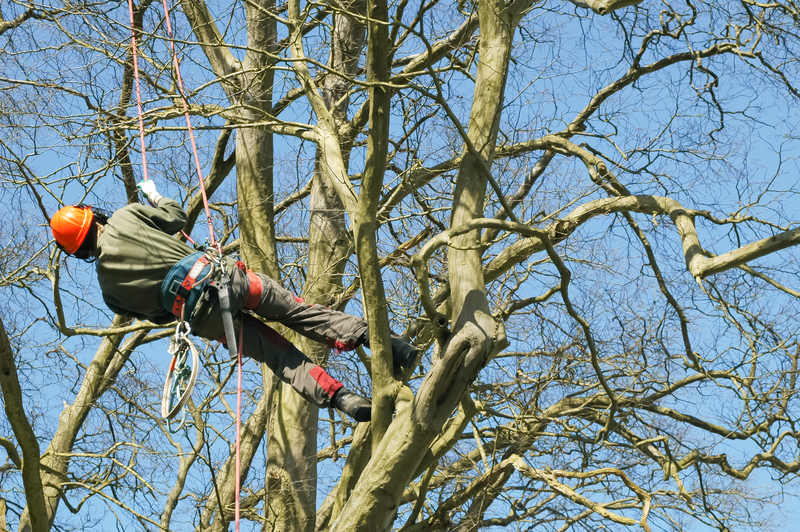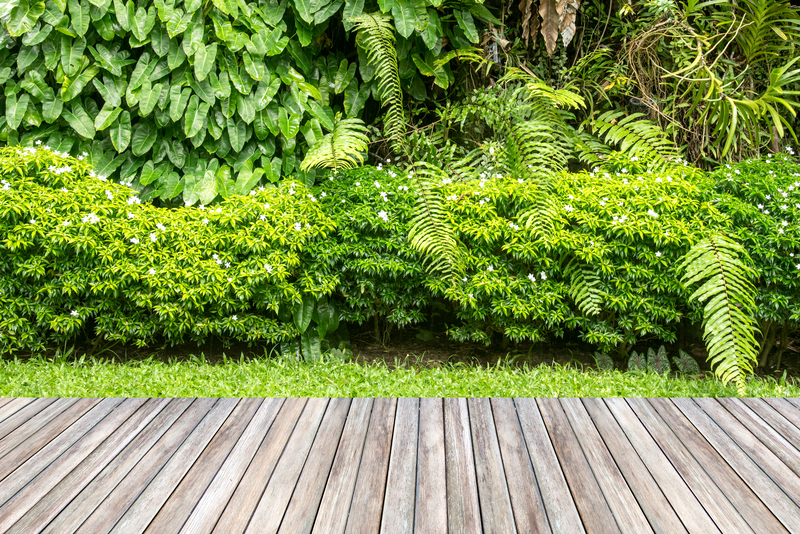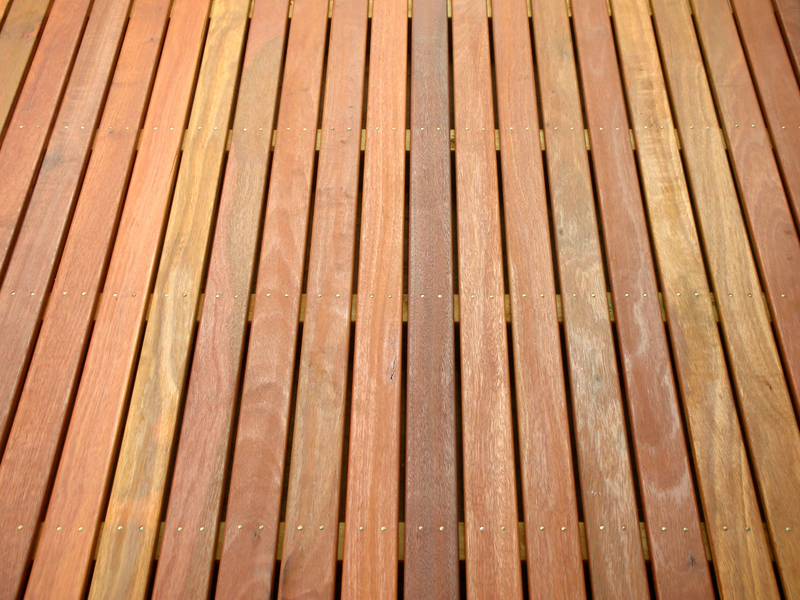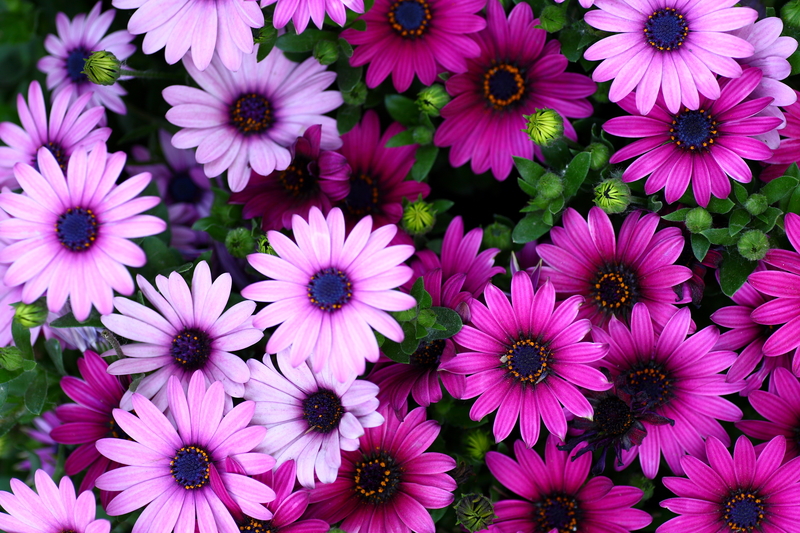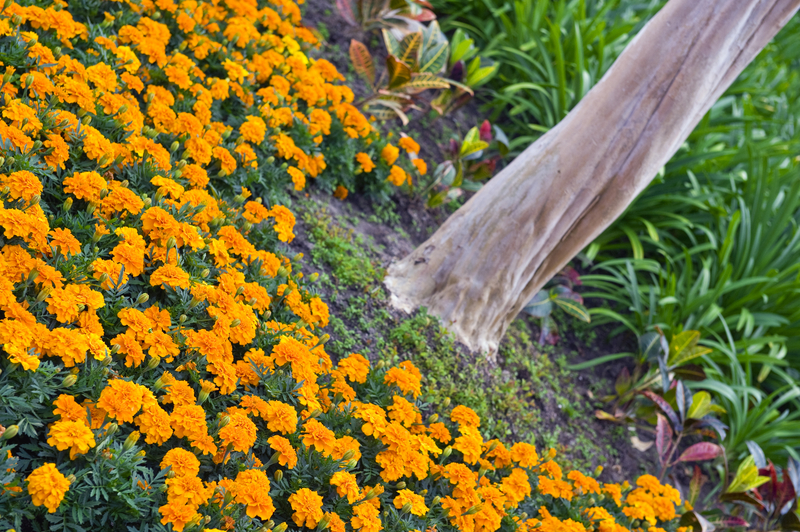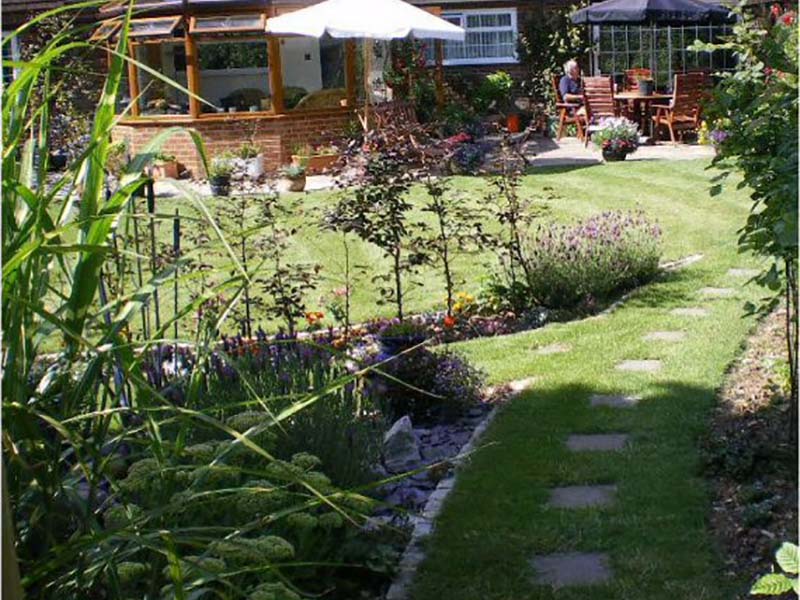There are endless films that have referenced New York City’s Central Park, that utopia of green spaces, cultivated and aesthetically pleasing. But sometimes a walk to the park requires more energy than needed. The allure of a small homegrown hedge is enough to remove the stress of a bad day. You get home, reach for the glass of wine and have it on your patio which you have surrounded with your favourite flowers and grass. You take your shoes off and unwind, an ideal evening. For those lucky enough to have space, those not in small flats, it can be a point of pride to design your green space. In fact, a lovely garden or backyard can not only improve your daily life, but can increase the financial value of your home. According to the Independent, having a well looked after garden or balcony could increase the value of your property by up to twenty per cent. If you have been considering some home improvement tips, look no further and discover how to elevate your house, either for yourself or any potential buyers, simply by paying a little bit more attention to the nature in your home.
Don’t forget the Grass
An often overlooked responsibility, caring for grass is just as important as caring for the other kinds of plants in your green space. Don’t forget to trim and prune as needed, particularly when pesky weeds begin to spring up and attempt to ruin your batch of roses or peonies. And most importantly, add a sprinkler system so your lawn stays looking good.
Pick the Right Flowers
Find yourself residing somewhere with a heat wave of negative degree temperatures, you might want to consider something more friendly to your climate. Picking the right flowers also make it easy for you to maintain. Adding flowers to your garden will add lots of colour, this will brighten up your garden and instantly improve the space.
Don’t be Afraid of a Little Risk
While green spaces are technically created to showcase nature’s benefits, it doesn’t hurt to spruce up your space with a little architecture. Add some complimentary small furniture in your back garden, and watch it transform into the hottest spot in the area for post-dinner drinks and conversation. You could even add an undercover area so you could get the benefits of it all year round.
Treat your Soil Right, Foundations are Important
Nourishing the soil will lead to an excellent garden bloom. You can head to a supermarket to get some manure, make a compost pile from your old coffee grounds, filters and dryer lint and leftover food.
And there we have it. If you’ve walked past that house with the enviable garden or visited your friend who has the most incredible back garden, now you know you can have the same. To find out how we can help transform your garden, feel free to get in touch.
source http://www.kitelandscapes.co.uk/how-to-increase-the-value-of-your-home-with-your-green-space/
